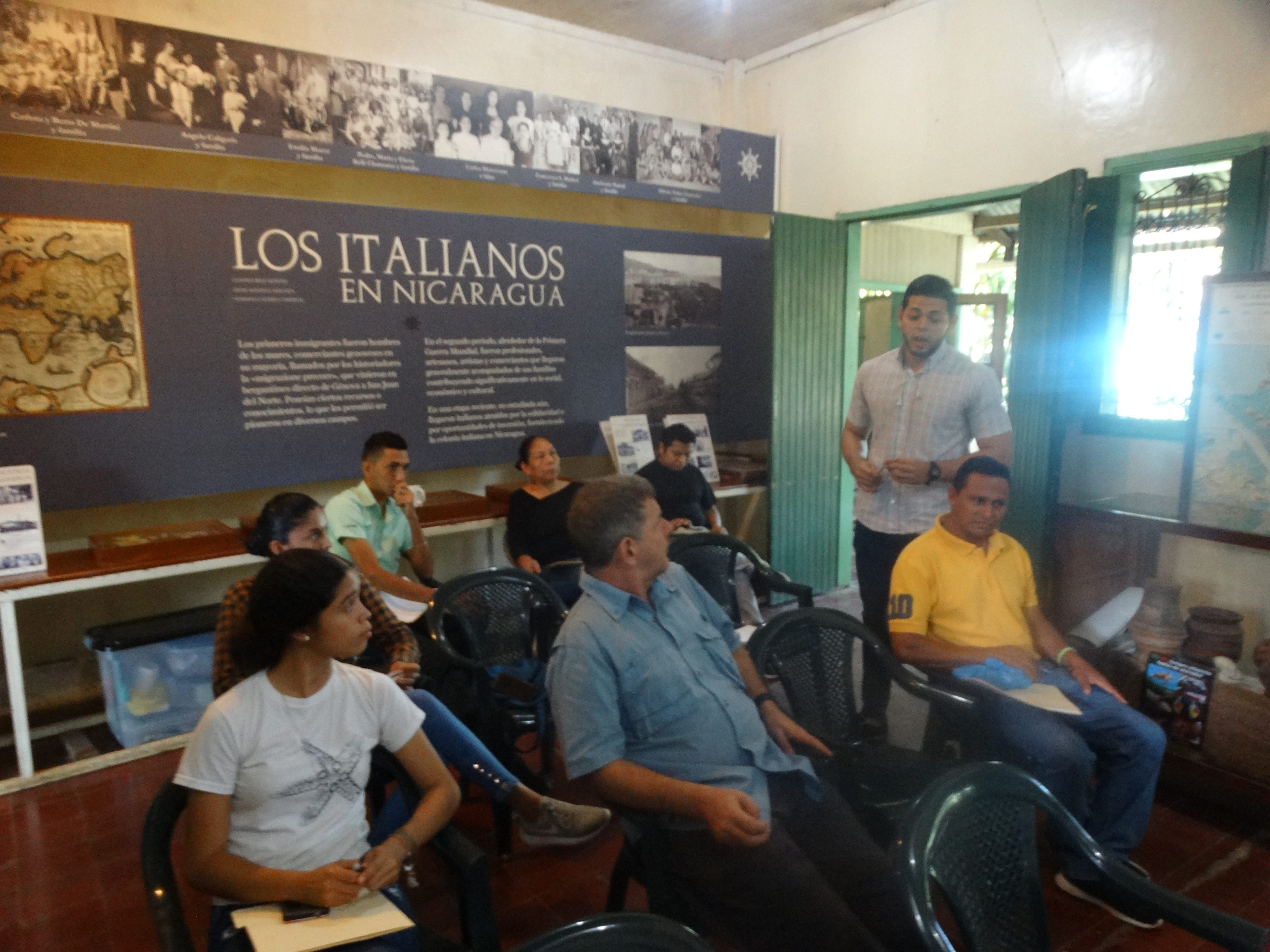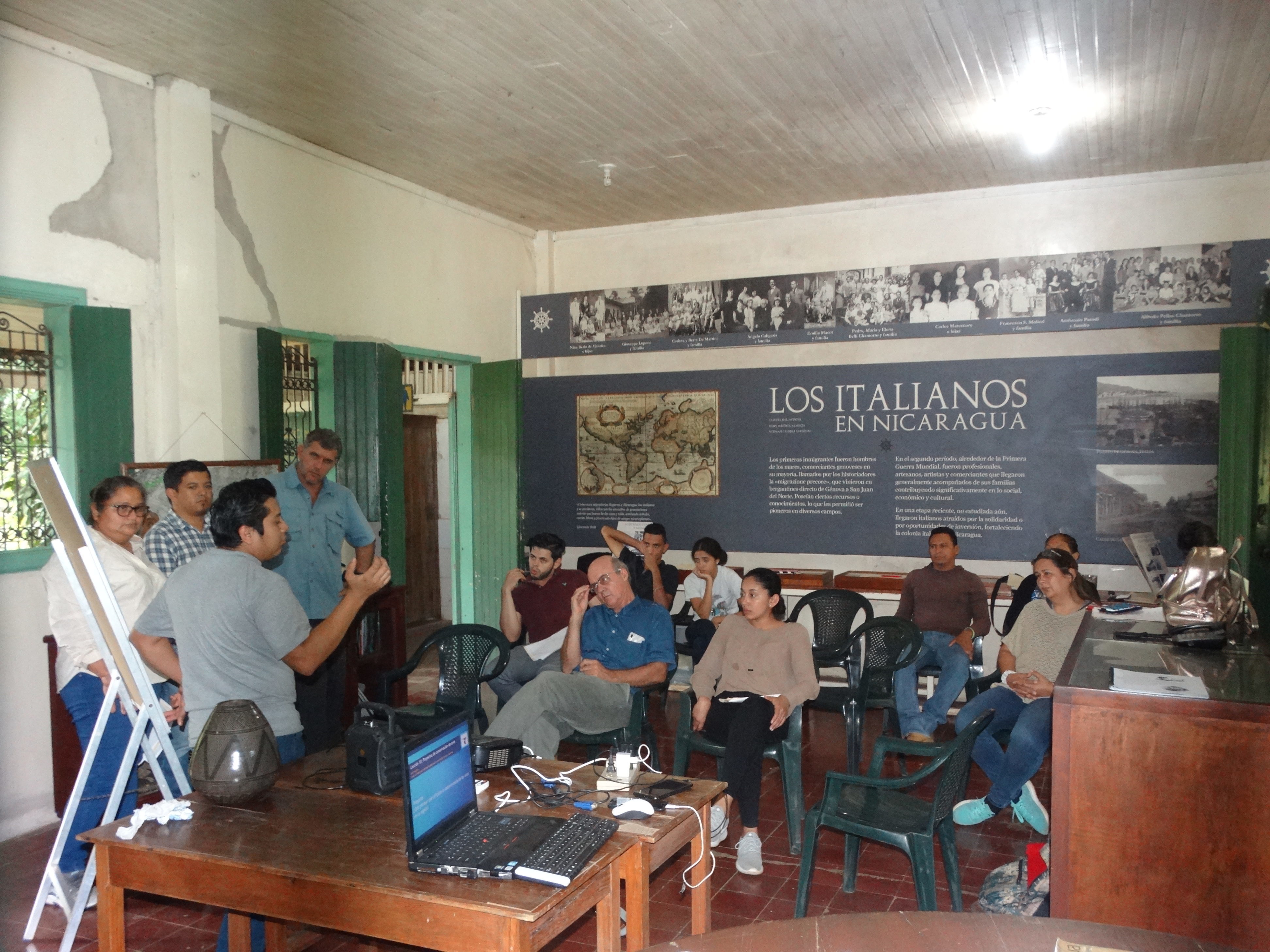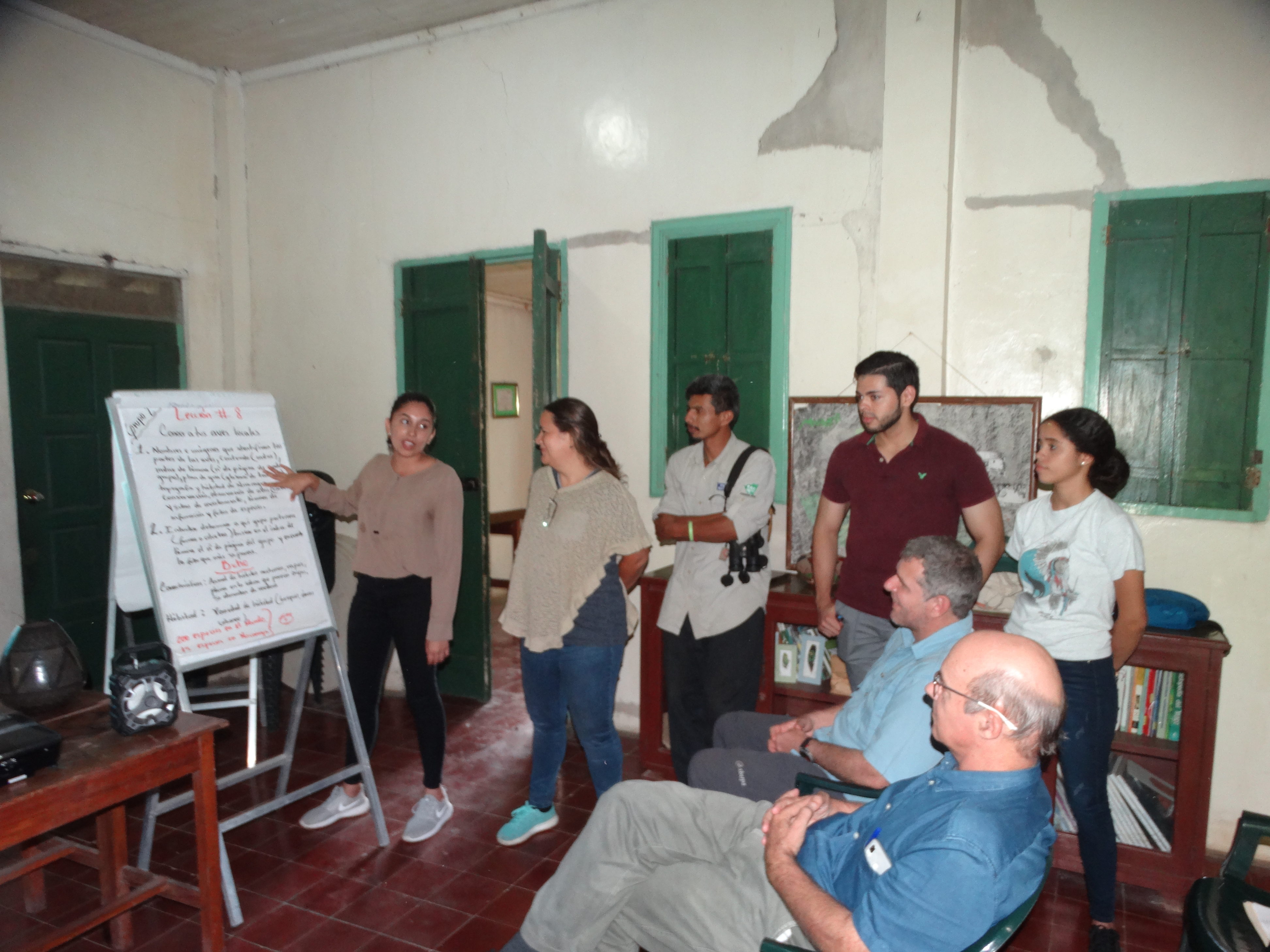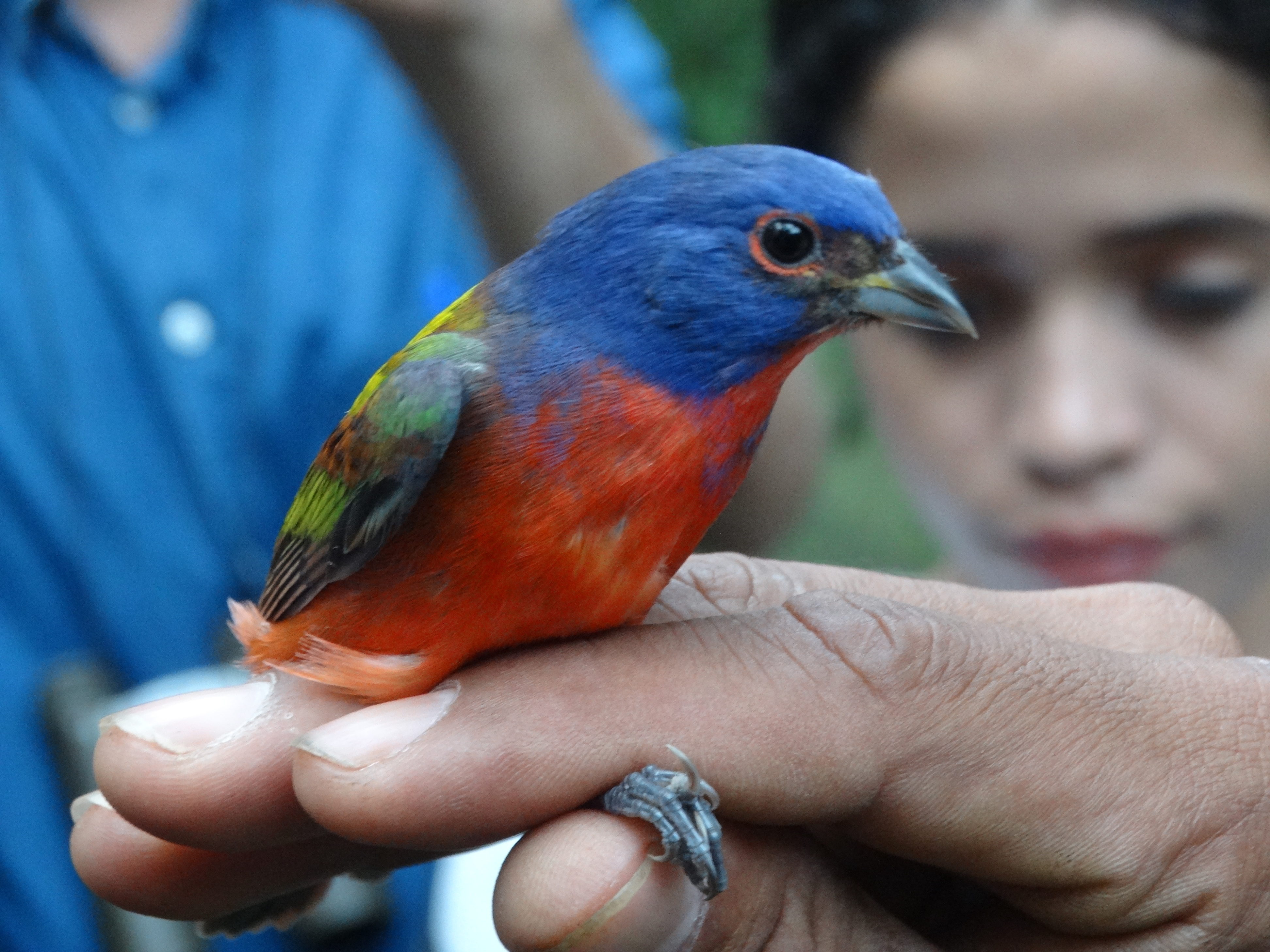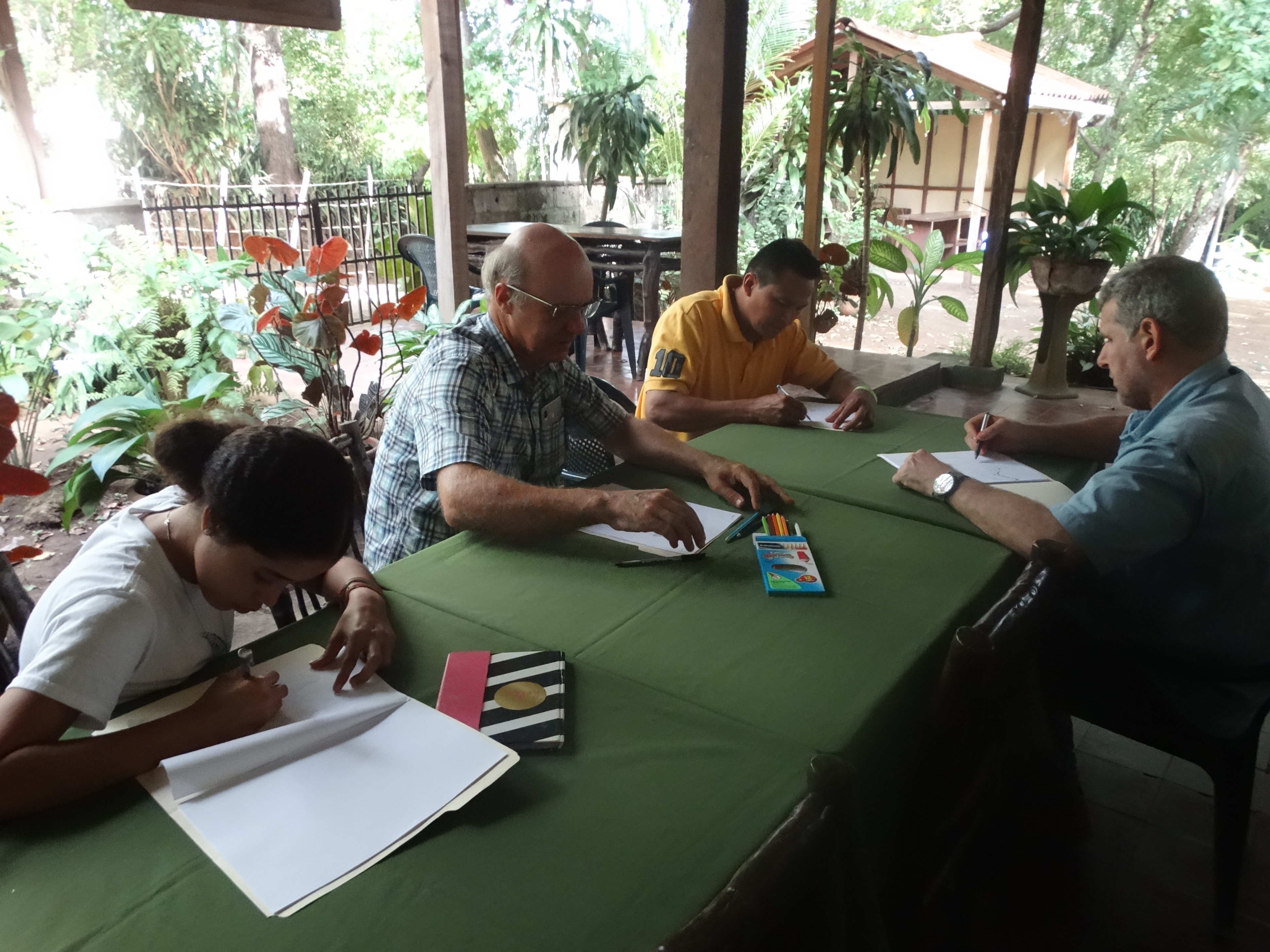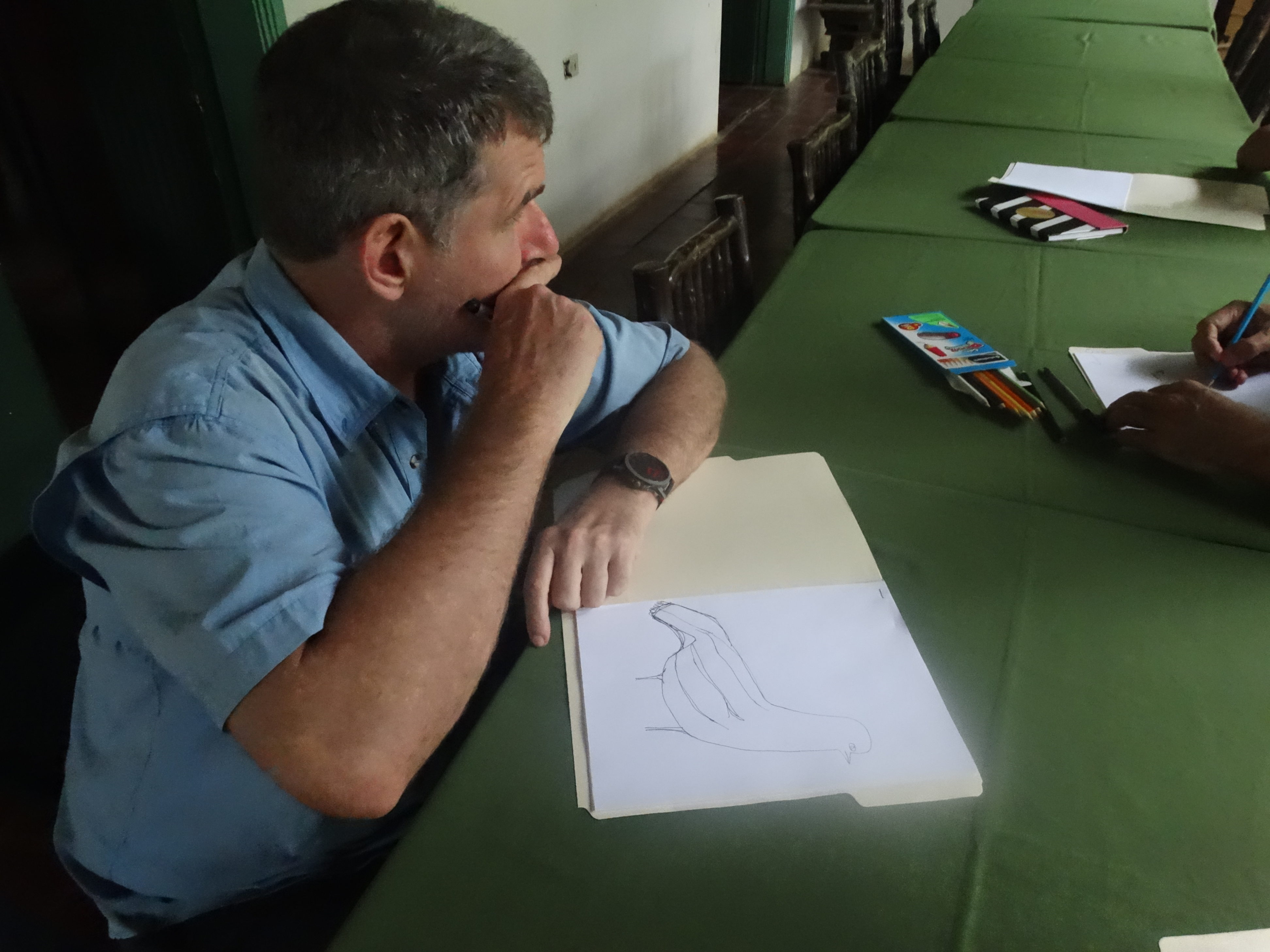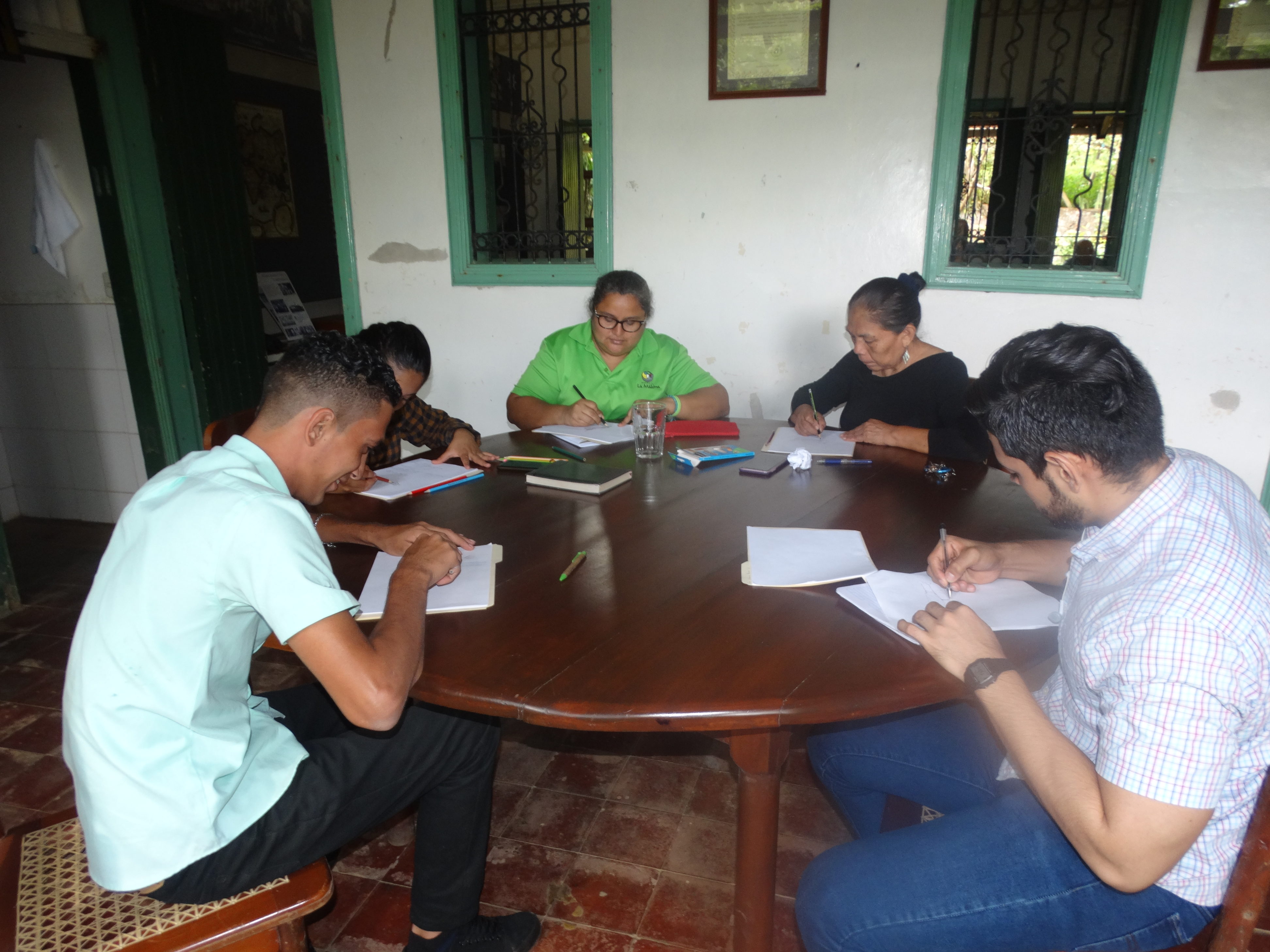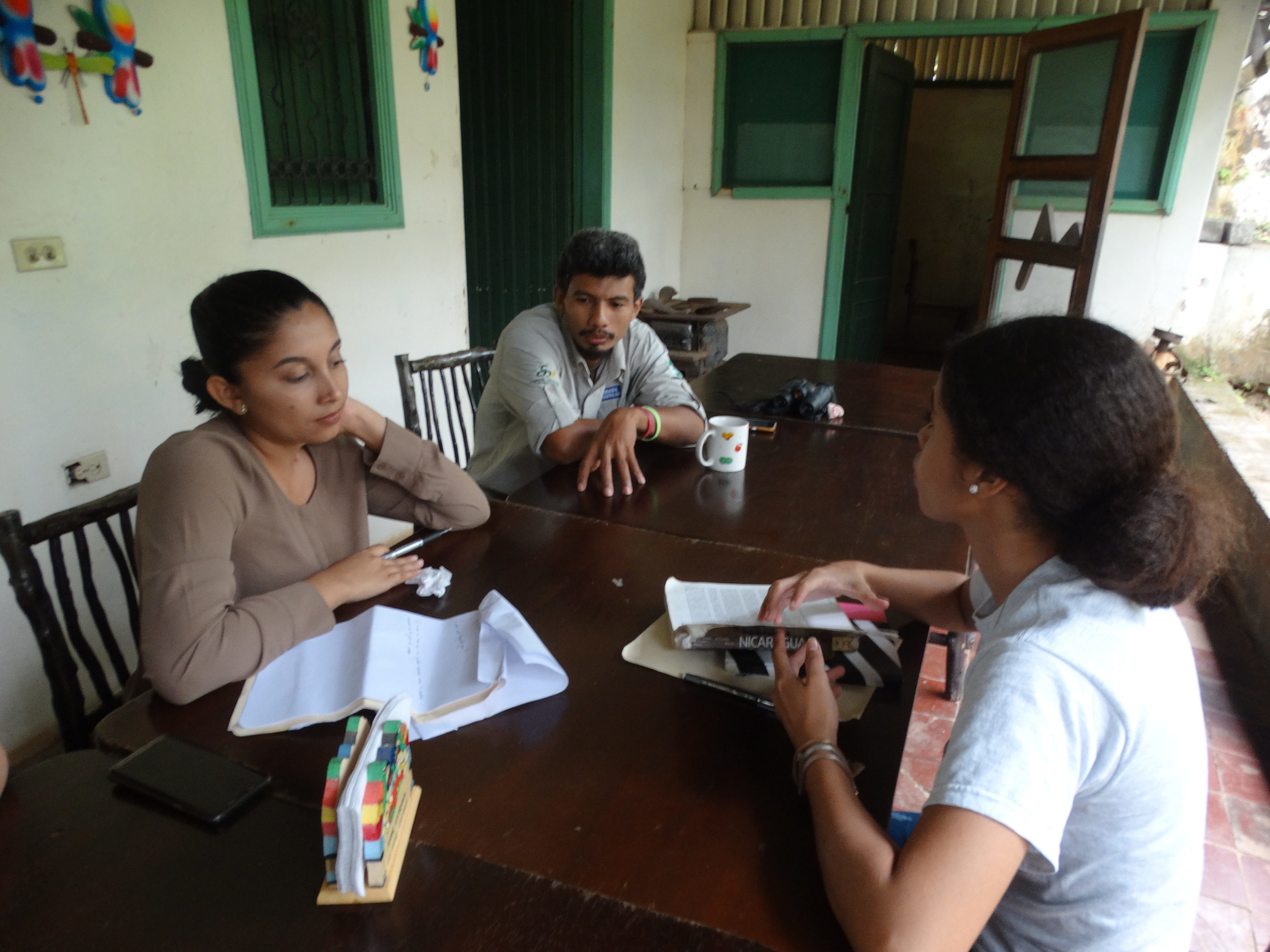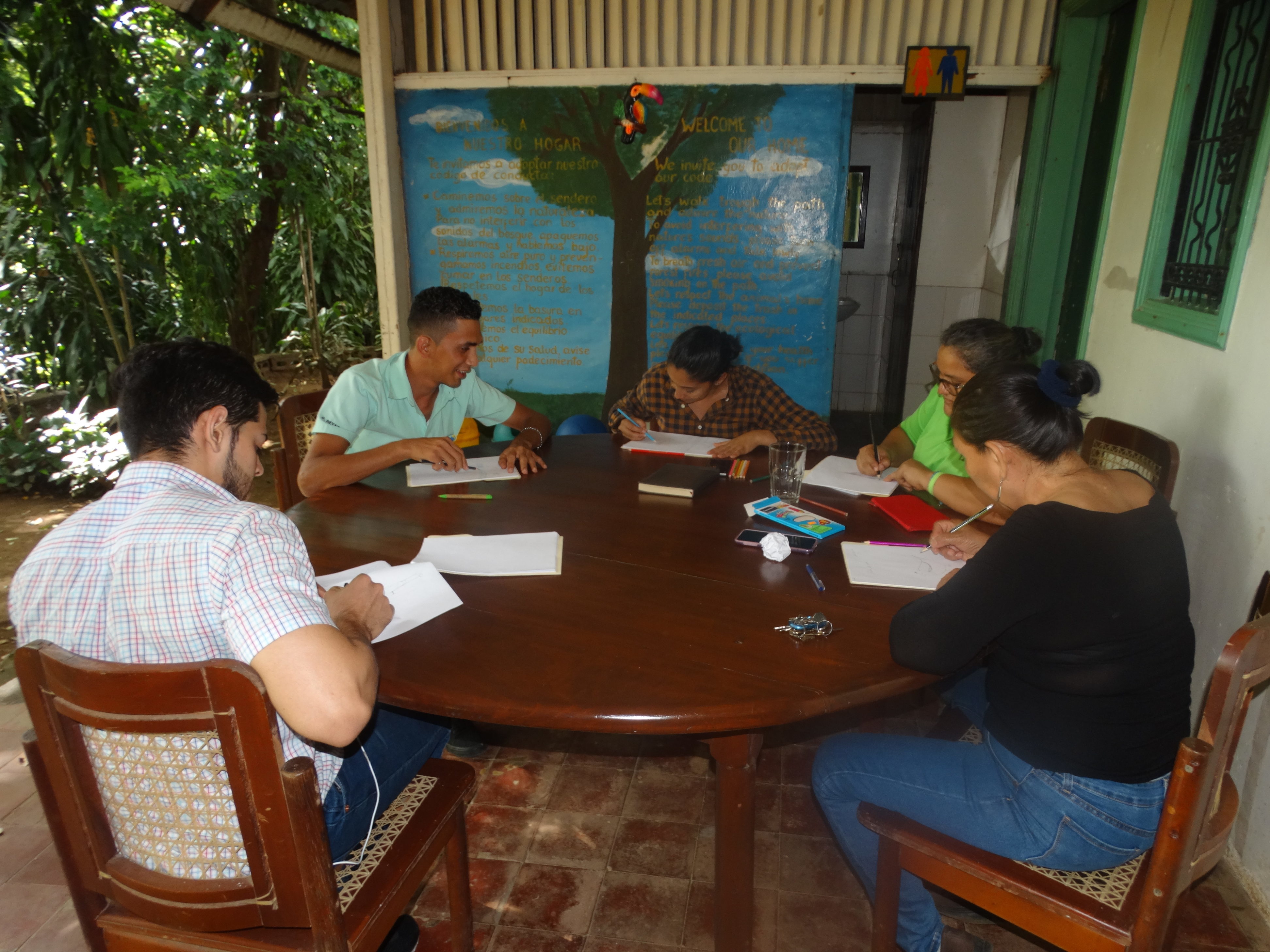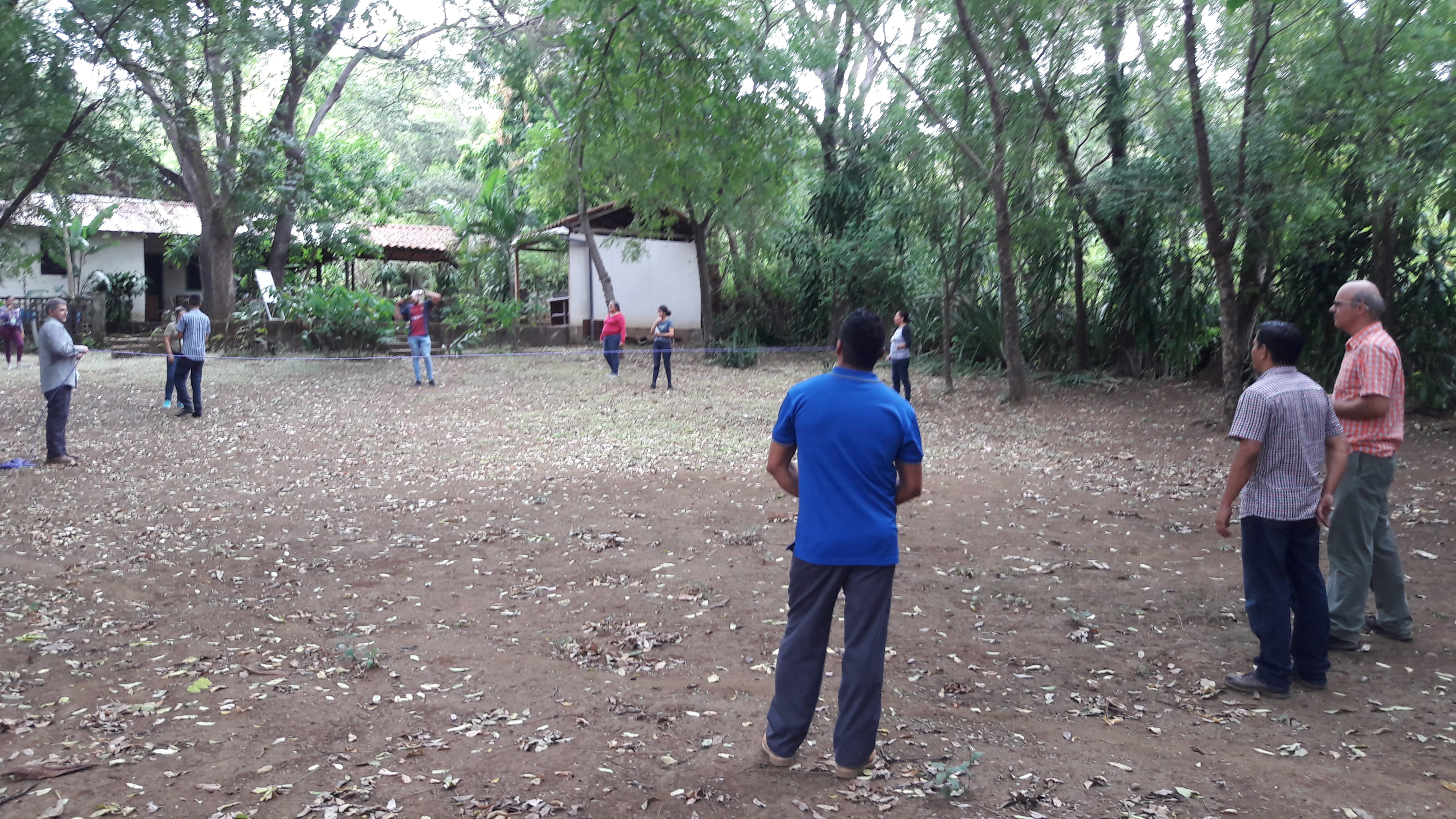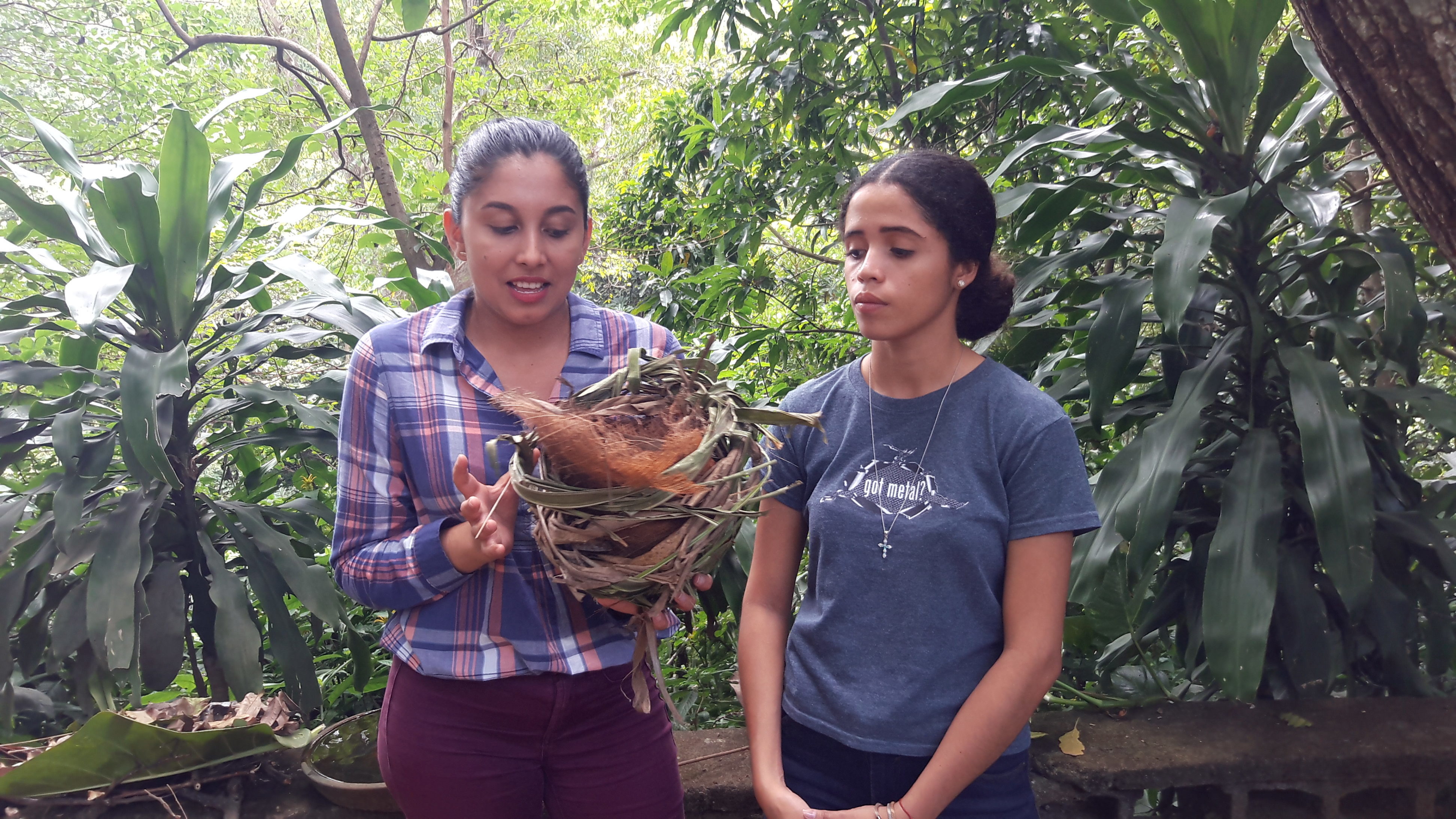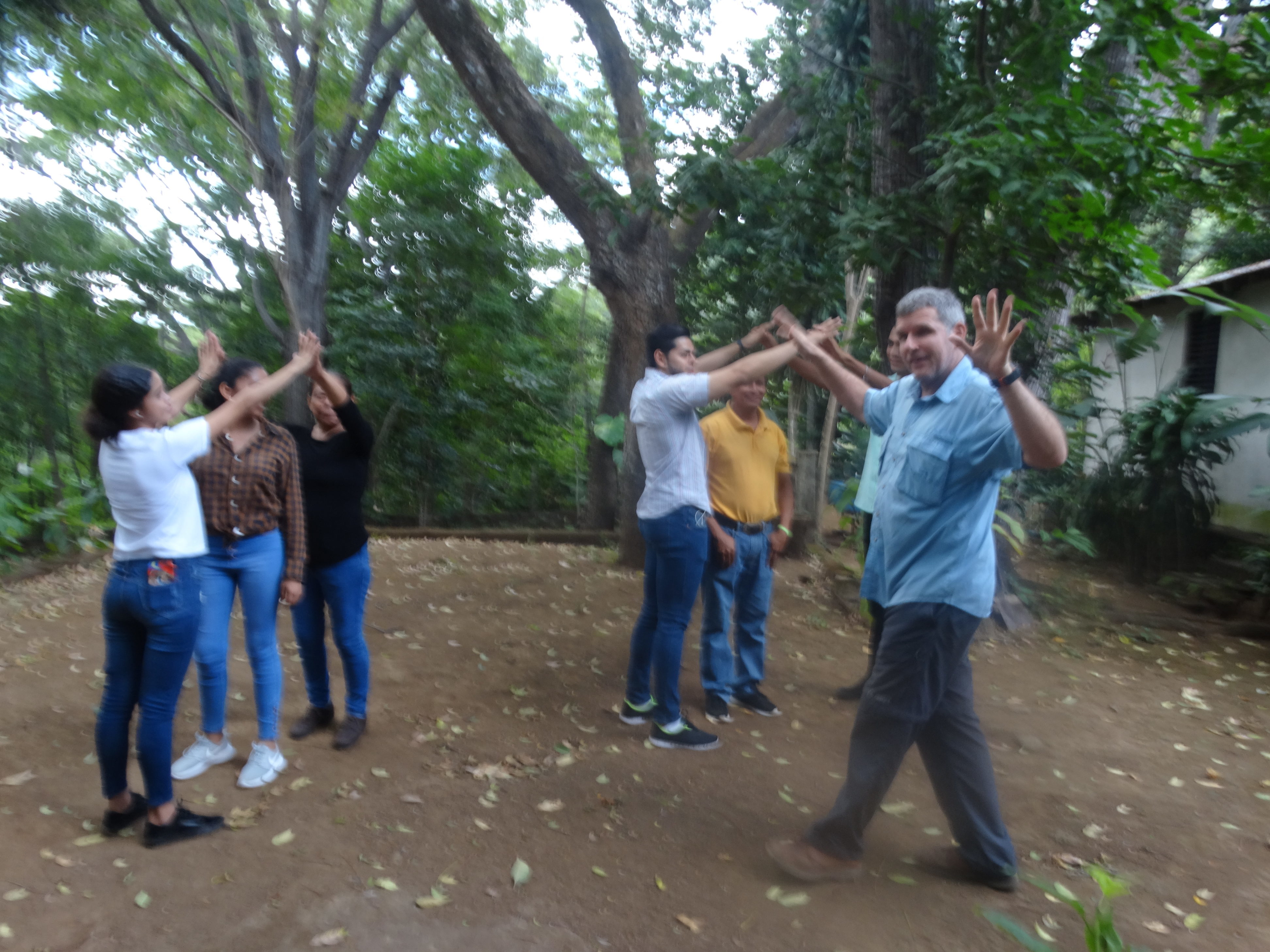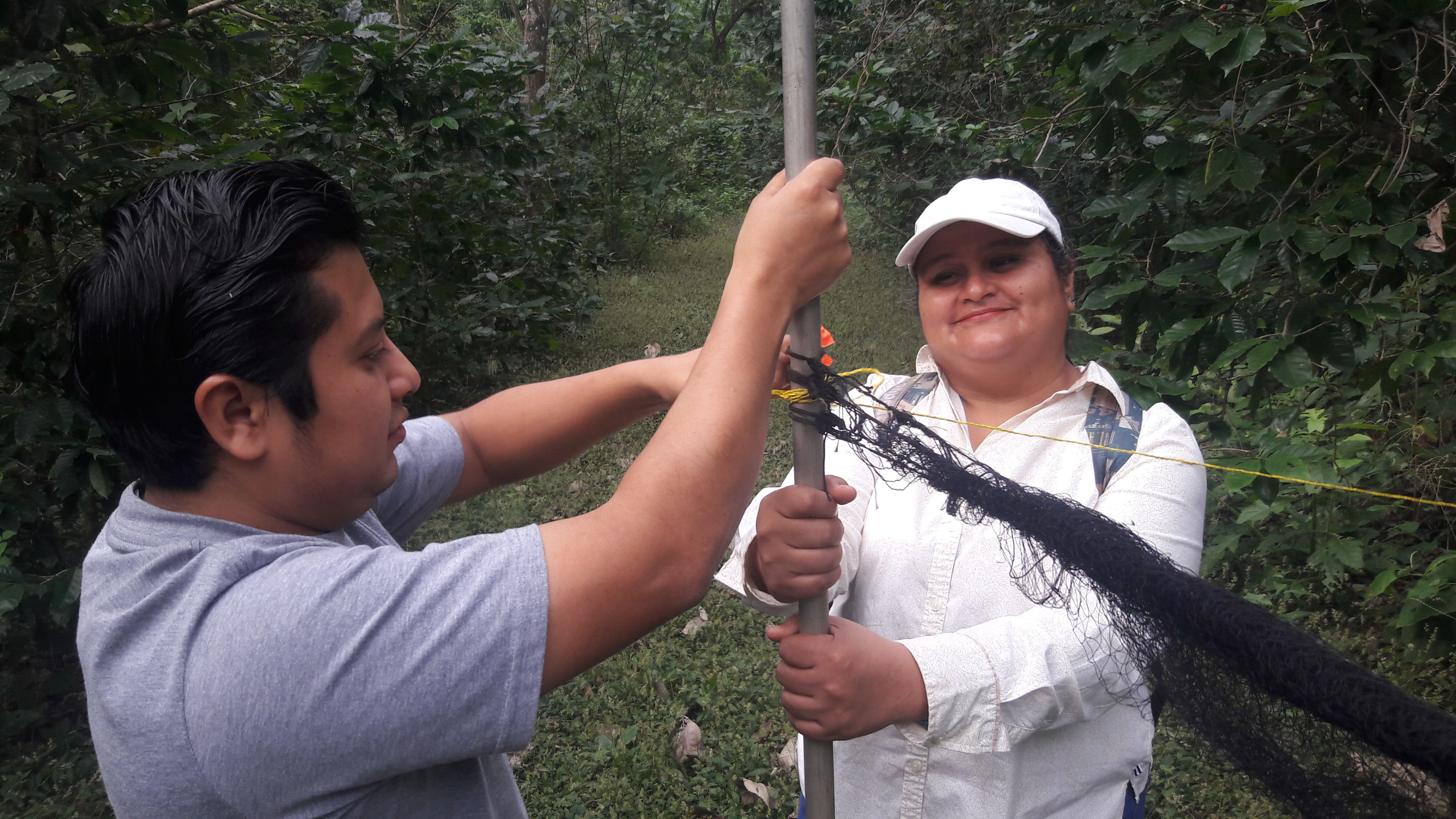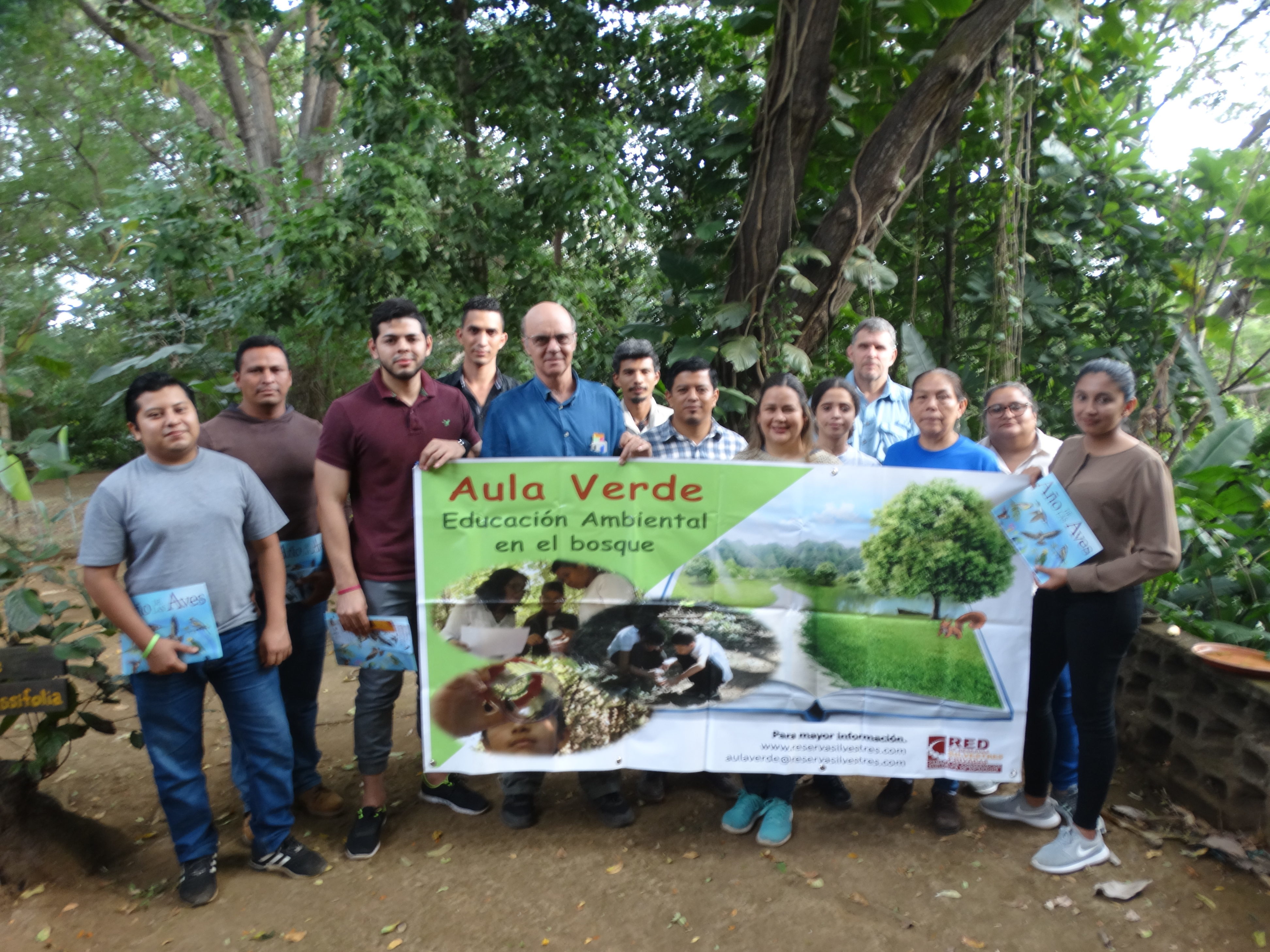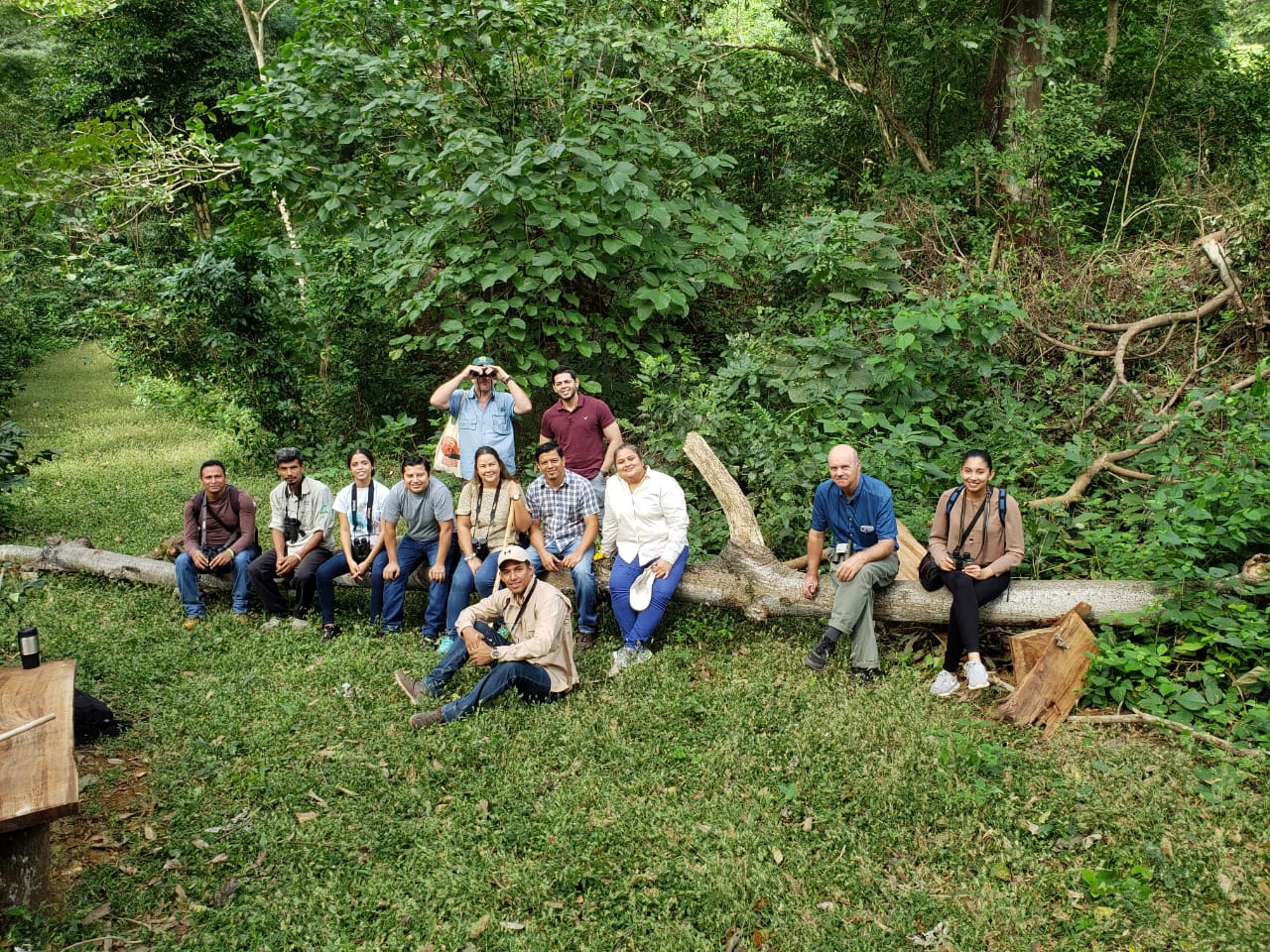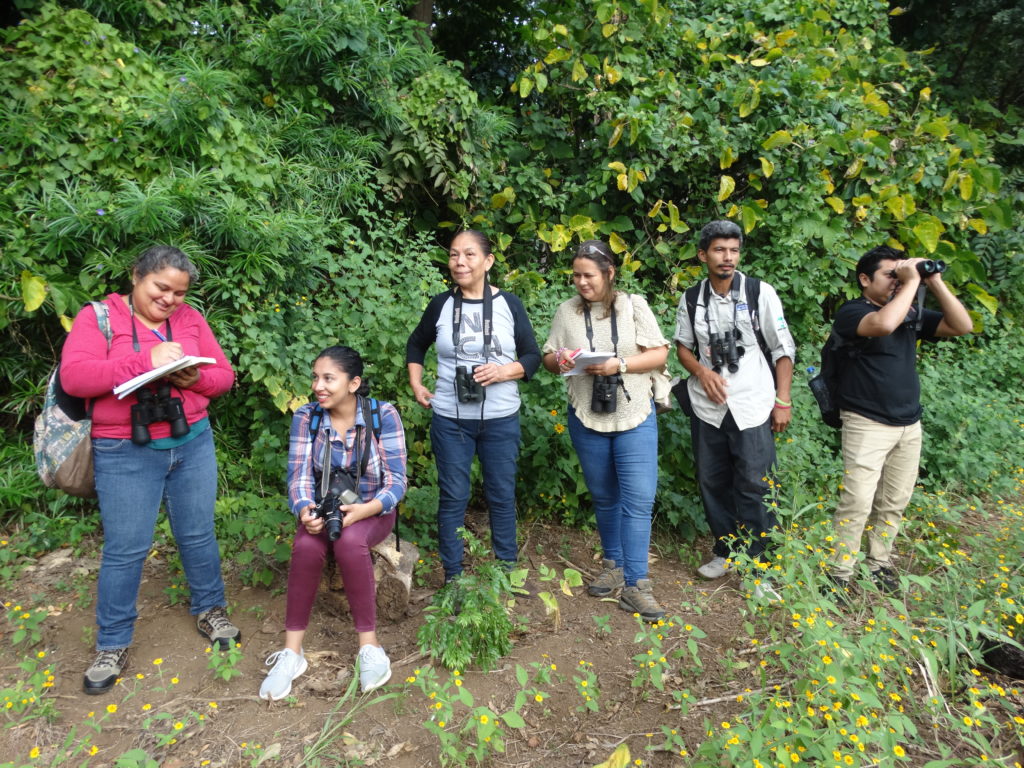 Photo ©
Osley Rugama, Cleomara Urbina
Photo ©
Osley Rugama, Cleomara Urbina
The Cámara Red de Reservas Silvestres Privadas de Nicaragua (The Private Wild Reserves of Nicaragua Camera Network) hosted a two-day training workshop to learn more about the bird educational activities and share the experiential knowledge and practices of the Aula Verde (Green Classroom) program. The workshop was held in Montibelli, Ticuantepe, Nicaragua and was an amazing opportunity to observe and identify birds that reside in the local reserves and farms.
The workshop was great! It was mainly aimed at people who are currently training as bird guides in the Guías del Pull de la Red – Cámara de Nicaragua (Pull Guides team of the Camera Network – Nicaragua). But other members of this network also attended. They are owners or managers of the reserves or farms that are dedicated to environmental conservation as well as the development of the Aula Verde (Green Classroom) program. Members of other organizations who are dedicated to the conservation of forests and natural resources also attended! Between bird connoisseurs, environmental educators and future bird conservation educators, the workshop was a total success!
Participants carried out many activities from the BirdSleuth International curriculum from the Cornell Lab of Ornithology. The curriculum seeks to broaden the knowledge of birds in participants of all ages, especially in children and youth. During the workshop, several of the activities encouraged participants to engage in citizen science projects such as eBird, an application that helps scientists conduct studies on large-scale bird populations. Participants also talked about bird biology. The BirdSleuth International curriculum (teacher manual) was also delivered to all the participants.
Day 1
The first day of the workshop was very exciting for leaders and participants! The workshop began with a welcome from Doña Ileana Hernández, representative of the Montibelli reserve and the workshop facilitator, Mr. Luis Cortes, who explained the program to the participants. Everyone was ready to start!
The eBird platform from the Cornell Lab of Ornithology was introduced, which allows participants to record bird observations, and much more! They also explained how to use several of the eBird tools like creating a participant profile, uploading lists of birds, and uploading photos and other data. Later, they spent time talking about how their data would be used by scientists.
Participants also talked about bird biology and characteristics. They chatted about helpful tips that are not always so obvious when observing birds in their environment, such as the importance of listening to the sounds of the birds and knowing where to look to be able to find them in their environment. The second part of the workshop was going out to observe the birds! Participants loved seeing the birds and sharing their observations on eBird.
There was also a lot of art made during the workshop! The participants drew birds and shared these drawings with their peers. Despite the different colors, shapes, and sizes of the birds drawn, they were able to identify specific birds and learn from their characteristics. There were also really fun games, like bird Bingo!
Next participants did the Sound Map Activity, helping participants where they heard different sounds on paper. The participants drew on a sheet of paper a map that represented the different sounds they heard, using symbols or placing words or phrases to represent the sounds. They were asked to place an “x” in the center to indicate their position and drew what they heard in their environment. In the end, they had a map of everything they heard.
Another bird game that was played was the owl hunting game, which was an entertaining and educational activity for all participants. One person was chosen to be the “Owl” and was placed in the center, and the other participants were the “mice” and formed a circle around the “Owl”. The “mice” then walked inside the circle and threw stones on the ground to mimic sounds. The “Owl” had to identify where the noise was coming from and point towards it. This activity taught participants the fantastic hearing skills of many birds such as the owl. At the end of the day, a bird walk was made around the reserve. They watched birds and recorded their observations on eBird. At the end of the day, everyone reflected on how much they learned from the day’s activities.
Day 2
The second day began with a walk to watch the birds. enjoyed the fresh morning air and the birds that were so active in their surroundings. At the end of the walk, everyone added their data in eBird together.
Then, they talked about the components of habitat and the importance of food, water, shelter, and space, for the survival of any organism, including birds. After having identified these necessities, participants were assigned roles and personified these different elements in the game:” Birds … Water, Space, Food and Shelter”. The “habitat components” dispersed and the birds ran after them to catch them. To win, participants had to catch at least 4 items. The activity highlighted the importance of having all these components. Without them, birds and other organisms could not make it.
The activity “Myth or Reality?” was a fantastic activity to show that there are beliefs that are not necessarily true about birds. Afterward, everyone worked on building their own nests. At the end of the activity, everyone presented their nest to the group!
In the “surviving birds” game, people were selected to personify “birds”; The rest of the participants were given cards that they read out loud. The cards had phrases from the bird’s reproductive cycle. The birds had to move forward or backward according to what they touched. Everyone enjoyed learning more about the reproduction cycle of their local birds.
They also discussed migratory birds! Participants started off by talking about what they knew about migration. Then the “Obstacles to Migration” activity was carried out! During migration season the birds cross different difficulties such as storms, windows, fields with pesticides, electric cables, cars, cats, and more. Participants acted as obstacles and others as birds to highlight the struggle birds go through.
Click to view:
To discover more about the diversity of local birds, participants built a list of the local birds they knew. They also identified specific birds from their silhouettes, based on their size, shape, type of beaks and tail. At the end of the activity, they compared one group of birds with another and talked about their differences. Apart from eBird, event leaders and participants also learned from other resources the Cornell Lab of Ornithology offers; the Merlín Bird ID, application, and the Macaulay Library site (a library that contains photos, videos and sounds of birds from around the world).
In addition, they also participated in a demonstration of how the nets are placed to catch birds to ring them and why this action is important. At the end of the day, all participants made plans to continue in citizen science as well as in the efforts to protect birds. Everyone spoke about how much they enjoyed the workshop and certificates were given to all to mark the end of the workshop.
Many thanks to the guides, environmental educators and owners of reserves and farms that carry out voluntary conservation. Also, to Mr. Luís Cortés, facilitator of the workshop and the methodology used in the Aula Verde (Green Classroom) program. To the team of guides of the Guías del Pull de la Red – Cámara de Nicaragua (Pull Guides team of the Camera Network – Nicaragua) and people of other organizations that are dedicated to the conservation of the forests and natural resources of Nicaragua, we thank you for your commitment in conservation.
Thank you to the photographers: Osley Rugama, Cleomara Urbina y algunos vídeos por Hilda Toledo
Written by Ashley Calderón and Edited by Julia D. Luna


